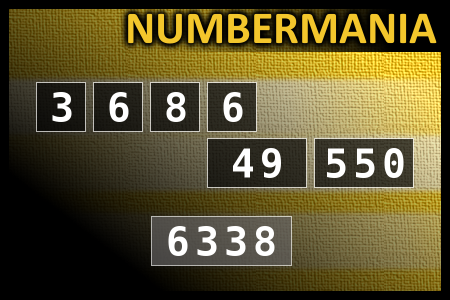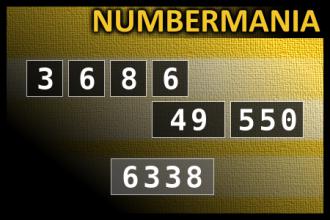Calculate the number 6338
NUMBERMANIA: Calculate the number 6338 using numbers [3, 6, 8, 6, 49, 550] and basic arithmetic operations (+, -, *, /). Each of the numbers can be used only once.Correct answers: 29
The first user who solved this task is Sanja Šabović.
#brainteasers #math #numbermania

A teacher is teaching a class...
A teacher is teaching a class and she sees that Johnny isn't paying attention, so she asks him, "If there are three ducks sitting on a fence, and you shoot one, how many are left?" Johnny says, "None." The teacher asks, "Why?" Johnny says, "Because the shot scared them all off." The teacher says, "No, two, but I like how you're thinking." Johnny asks the teacher, "If you see three women walking out of an ice cream parlor, one is licking her ice cream, one is sucking her ice cream, and one is biting her ice cream, which one is married?" The teacher says, "The one sucking her ice cream." Johnny says, "No, the one with the wedding ring, but I like how you're thinking!"

